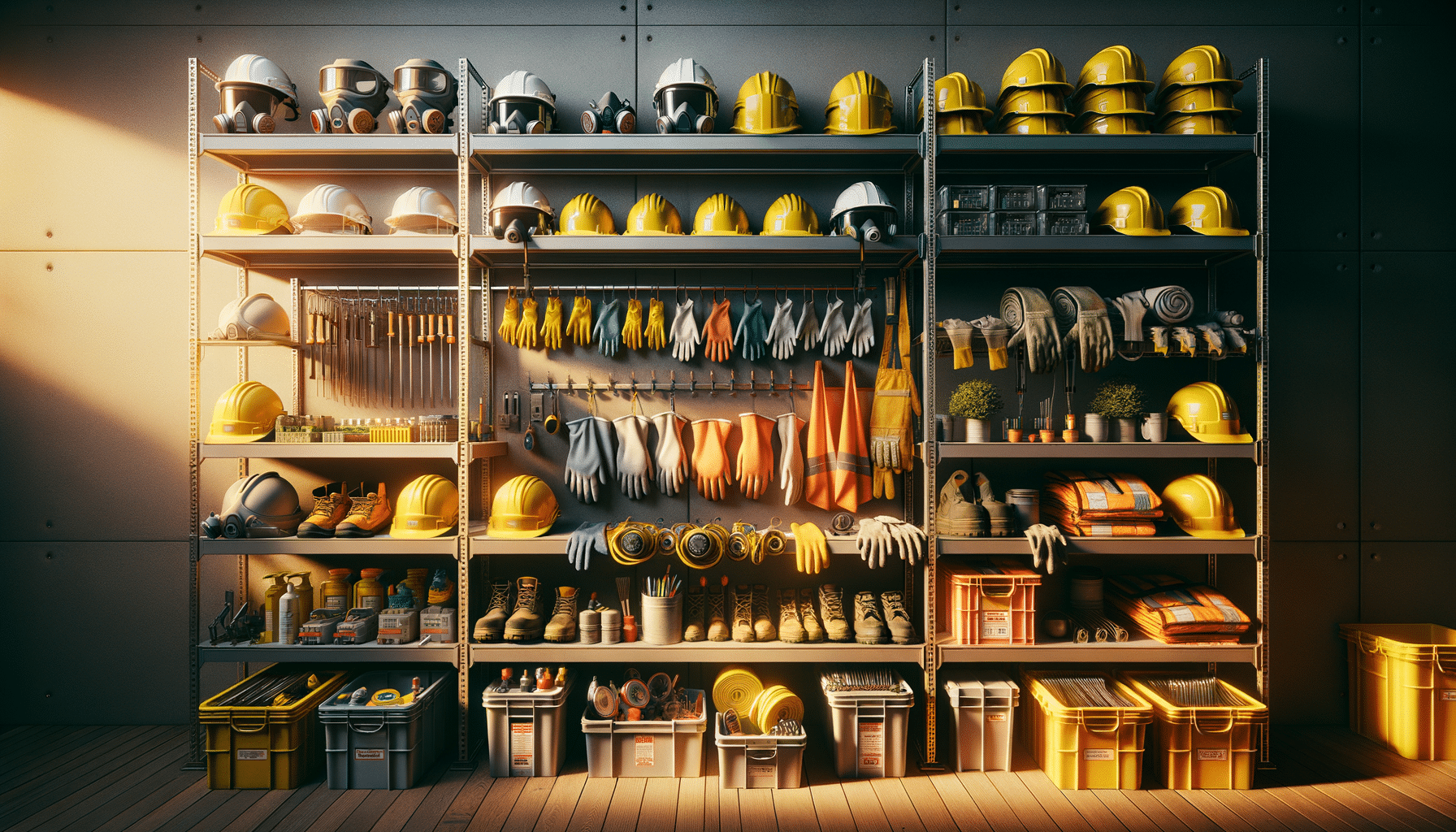
Industrial and Workplace Safety Equipment
Introduction to Workplace Safety Equipment
In the bustling environments of industrial and workplace settings, safety is a paramount concern. The use of appropriate safety equipment is not only a legal obligation but also a moral one, ensuring that employees are protected from potential hazards. This article delves into the essential safety equipment that plays a critical role in safeguarding workers across various industries, highlighting the importance of these tools in maintaining a safe and compliant workplace.
Personal Protective Equipment (PPE)
Personal Protective Equipment, commonly known as PPE, forms the first line of defense against workplace hazards. PPE includes a range of gear designed to protect workers from physical, chemical, and biological dangers. Some key components of PPE include:
- Helmets: Protect the head from falling objects and impact-related injuries.
- Gloves: Shield hands from chemicals, heat, and sharp objects.
- Goggles: Safeguard eyes from dust, debris, and chemical splashes.
- Earplugs: Reduce noise levels, preventing hearing damage in noisy environments.
- Respirators: Protect against inhalation of harmful gases and particles.
Each piece of PPE is designed to address specific risks, and the selection of appropriate equipment is crucial. Employers must assess workplace hazards and provide PPE that meets regulatory standards, ensuring that all equipment is maintained and used correctly by employees.
Safety and Compliance Standards
Adhering to safety and compliance standards is vital in any workplace to protect employees and avoid legal repercussions. Various organizations set these standards, including international bodies and national regulations. Compliance with these standards ensures that safety equipment is of exceptional quality and effective in mitigating risks. Regular training sessions and audits are necessary to keep up with the evolving standards and ensure that all safety measures are up to date.
Employers must foster a culture of safety, where employees are encouraged to report hazards and participate in safety training. By doing so, workplaces can minimize accidents and create an environment where safety is prioritized.
Advanced Safety Technology
With the advancement of technology, safety equipment has evolved to include sophisticated devices that enhance workplace safety. Innovations such as smart helmets, wearable sensors, and automated safety systems have become integral in modern industries. These technologies provide real-time data and alerts, allowing for proactive management of potential hazards.
For example, smart helmets equipped with sensors can detect dangerous levels of gases and alert the wearer immediately. Similarly, wearable sensors monitor vital signs and environmental conditions, providing data that can prevent accidents before they occur. Implementing these advanced technologies can significantly improve safety outcomes and efficiency in the workplace.
Conclusion: Prioritizing Safety in the Workplace
In conclusion, safety equipment is an indispensable part of any workplace. By investing in high-quality PPE, adhering to compliance standards, and embracing new technologies, employers can create a safer working environment. The commitment to safety not only protects employees but also enhances productivity and morale. As industries continue to evolve, so too must the strategies and tools used to ensure the safety and well-being of the workforce.


